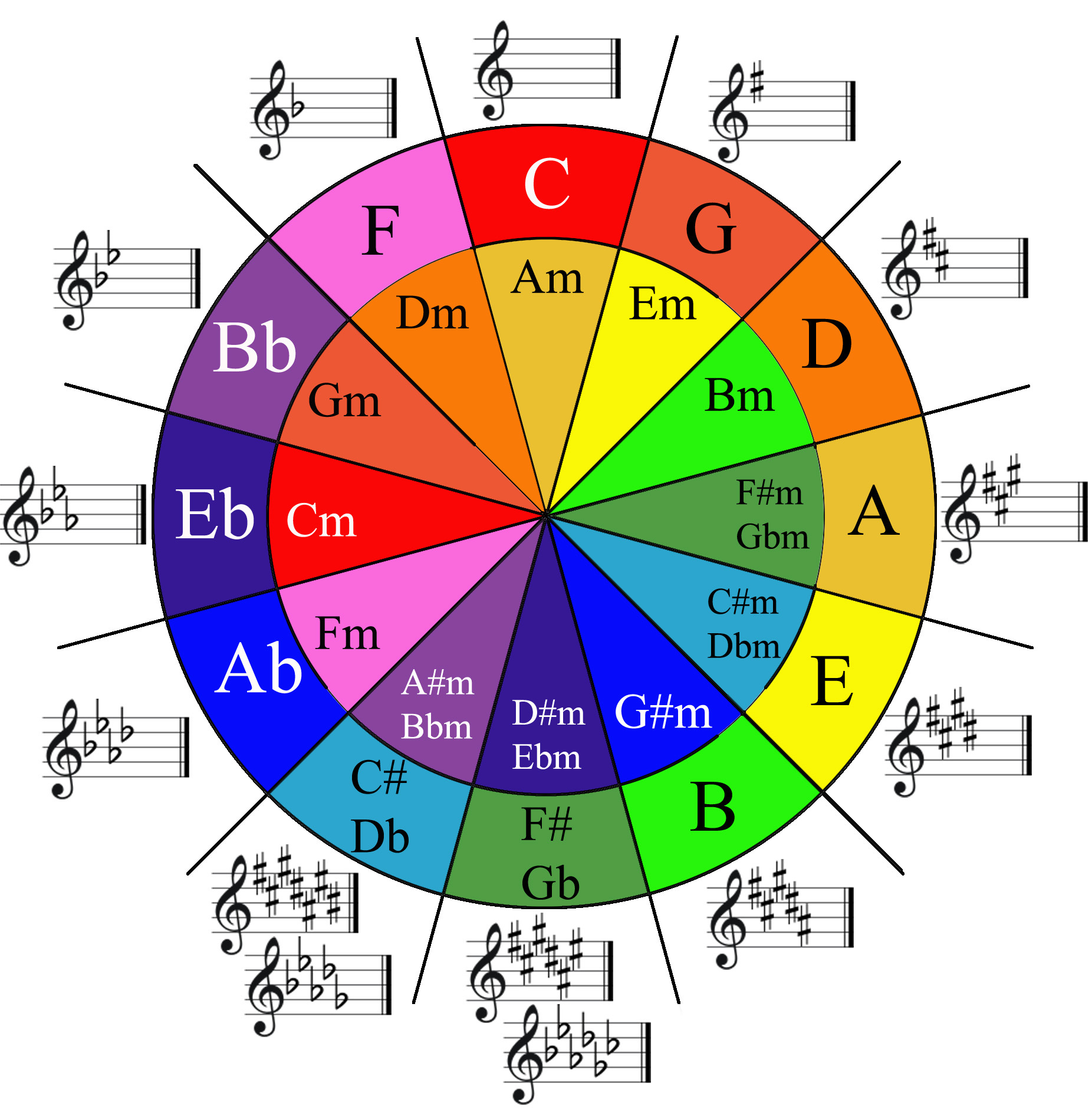Hello, My Favorite Song of the Day is Loquat’s Shaky Like The Flu. It’s main progression is G, EbMAJ7, Bb, D7. I have been trying to understand this from the perspective of the Circle of Fourths and Fifths. After the initial G, I’d expect a C or a D, but they go to a EbMAJ7, which I think sounds lovely especially because of how the bassist emphasizes it; however, I don’t understand theoretically why these chords work. Are all of these chords in a particular key? Perhaps someone strong in music theory can offer insight. Thanks.
I’m new to this instance and I beg your pardon for the hijack but I have to say, if this is the kind of posts I can expect on the local feed, I’m going to love it here. What a lovely song, fantastic question, and thorough analysis.
You all rock!
Thanks. Welcome to my community.
If you pretend the song is in g-minor (which has a B-flat) those chords make a lot more sense: Eb becomes the bVI chord (super common in minor-key songs), and Bb becomes the bIII (also pretty common — what’s known as the relative major of g-minor). The Eb also serves the function of IV / bIII here — basically it just acts like a pivot between the original g key and its relative major (Bb); note that Eb is the bVI chord in the key of g minor, but also the IV chord in the key of Bb. D7 would be the V chord in G major or minor, so it doesn’t sound especially out of place like the others do, and leads the progression nicely back to G.
The reason the middle two chords sound especially interesting here is that the song is not in g minor — instead of having that flatted third in the chord (i.e. Bb) it has the major third (B natural), which creates a neat half-step dissonance when played next to chords that do have it flatted (like Eb and Bb). G minor has its own chords separate from those of G major due to how a g minor scale is constructed; borrowing from a key’s parallel major/minor can yield some really interesting chord progressions/sounds (such as the ones you’ve found here).
My theory is a bit rusty, so hopefully that all is accurate and makes sense!
This info. seems quite helpful. A revelation, in fact. I am going to look at the song from the perspective of G minor in order to see how it opens doors in a song that is in G major. I’m also going to consider how the relative majors and minors are used. Maybe today is the day I finally understand the Circle of 4th/5ths. Thank you!
G: G B D D#maj7: D# G A# D A#: A# D F D7: D F# A C
None of these chords share a key, since G Major only has an F# and not a D# or an A# (the last of which would be written as Bb in a minor key.) However, I see a few trails that keep the progression solid: 1: G > G > F > F > then it loops; it’s a climb from the b7 to the subtonic to the tonic in a satisfying resolution 2: G > D > D > D… a simple I V I loop 3: D is an ostinato and since it is the V it keeps you in suspense, but also the D > D# > D > C dances around that to make it interesting 4: B > A# > A# > A… between the third and the ninth almost like a I V I 5: This is in no particular key, but jumping from G to D is boring, so they added tension with the bVI which invokes a spacey or nostalgic feeling, at least for my ears; also, A# to D# is a fourth like D to G so it doesn’t sound super jarring.
I hope that makes sense.
Edit: The shakiness can be derived from the unstable key center, to allude to the track title. The lyrics depict a character who has just gone through a breakup I presume, so they feel “blue” like a blue note doesn’t fit in the key.
jumping from G to D is boring
Isn’t that the truth!
A# to D# is a fourth like D to G
That’s a very good point! Thanks!
No problem.



